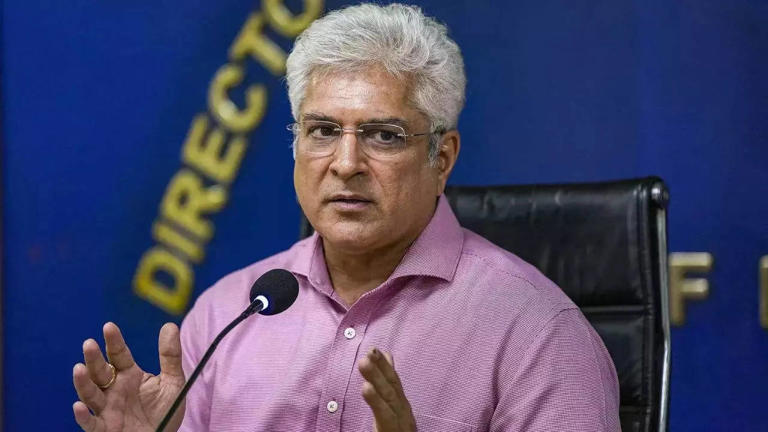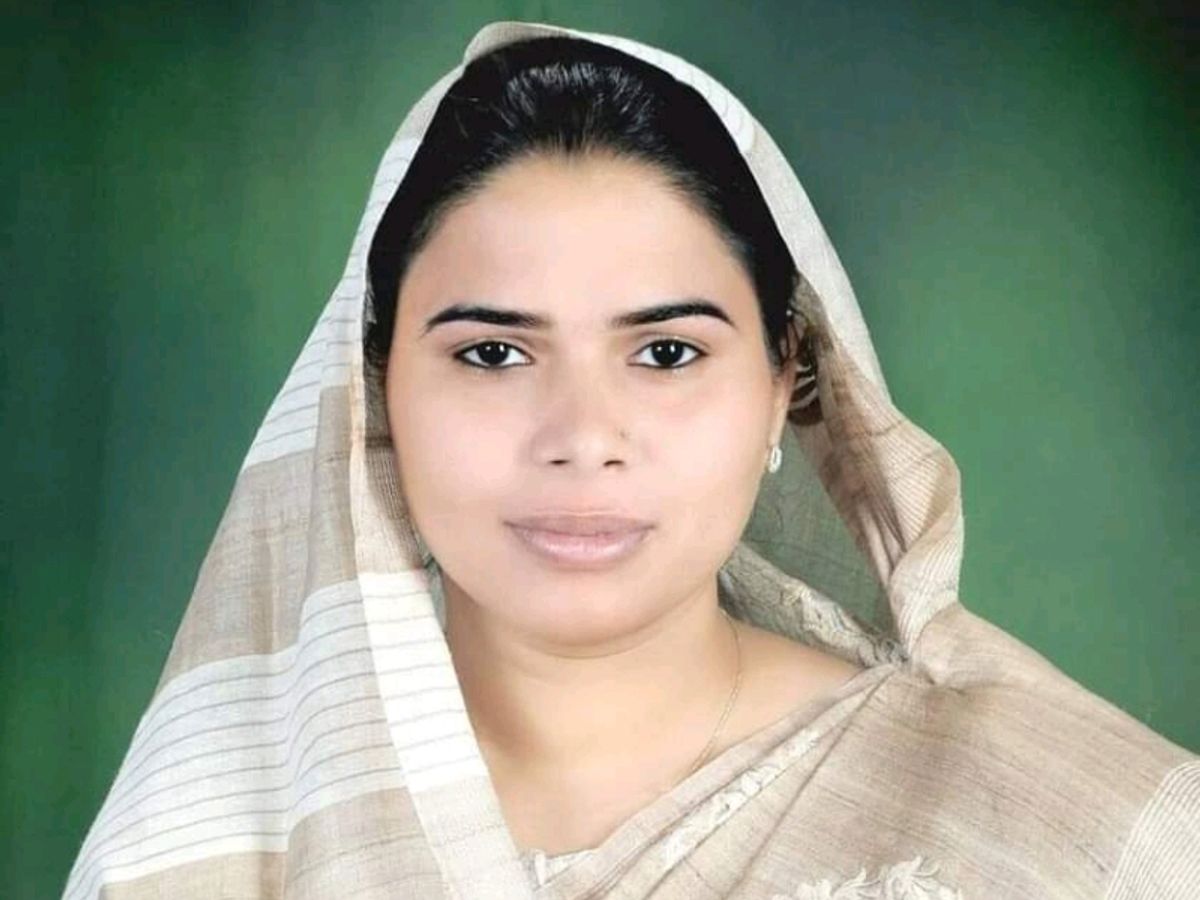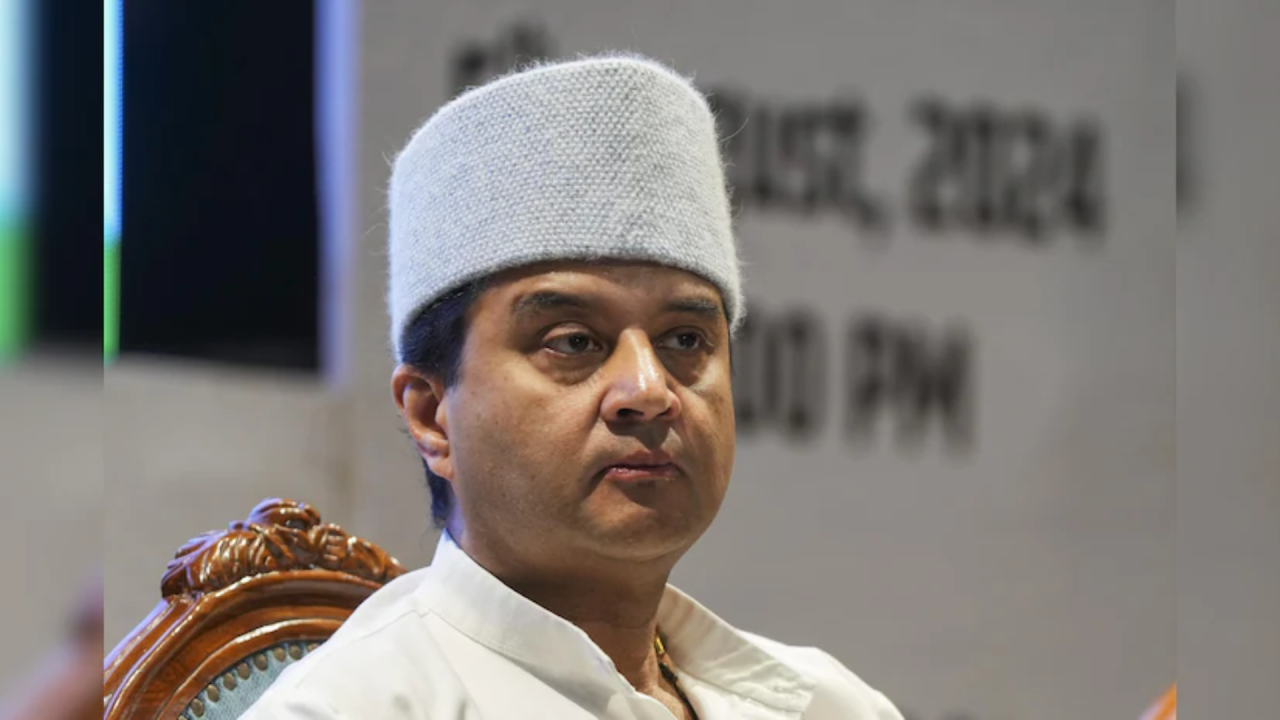Home / art-and-culture / Uttarakhand: A Journey Through the Himalayas to Explore Its Rich Cultural Heritage and Spiritual Legacy
Uttarakhand: A Journey Through the Himalayas to Explore Its Rich Cultural Heritage and Spiritual Legacy
By: My India Times
4 minutes read 90Updated At: 2024-12-24
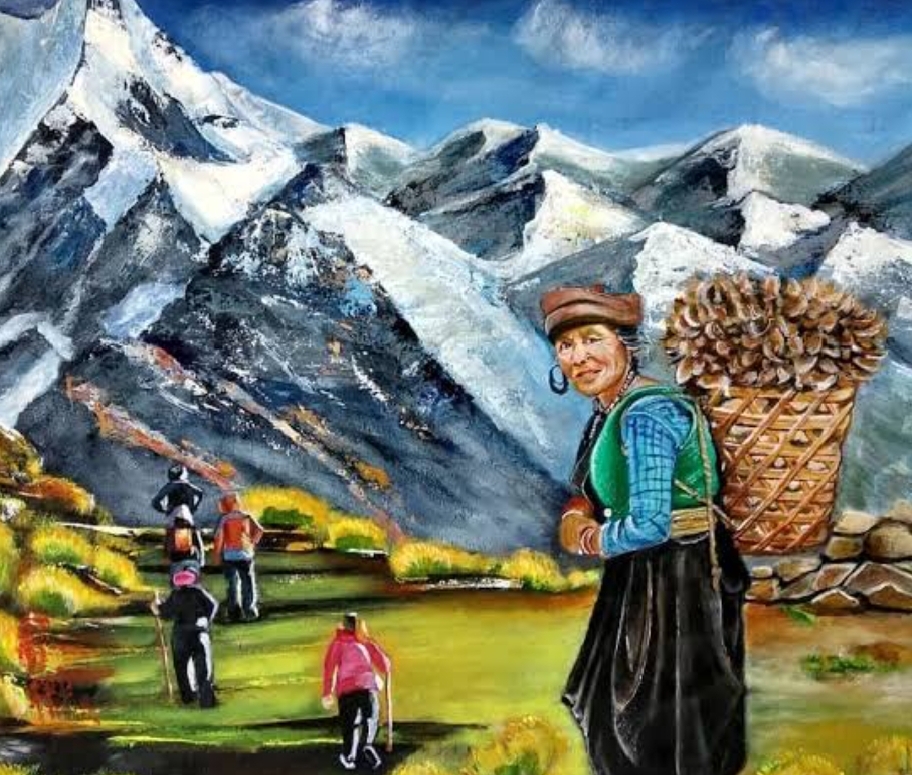
Uttarakhand's Cultural Heritage: An Exploration of the Himalayas
Uttarakhand, renowned as the 'Land of the Gods,' is a northern Indian state celebrated for its stunning natural landscapes, significant spiritual heritage, and rich cultural traditions. Situated amidst the majestic Himalayas, the state's culture is intricately woven with ancient customs, vibrant artistic expressions, and spiritual practices. The profound relationship between the region and its natural environment, along with its religious significance, is vividly portrayed in its distinctive crafts, music, dance, and festivals, establishing it as a cultural haven.
Art and Handicrafts
The artistic crafts of Uttarakhand beautifully encapsulate the essence of the region's natural splendor and spiritual life, with each craft symbolizing a facet of the state's illustrious history.
1. Wood Carving: Wood carving stands out as one of the most distinguished crafts in Uttarakhand, particularly in the Garhwal and Kumaon regions. The skillfully carved wooden windows, doors, and altars found in both temples and residences narrate tales of the sacred landscape and spiritual devotion. These carvings frequently portray motifs from nature, encompassing flowers, animals, and sacred symbols.
2. Rhododendron Products: The state's diverse flora includes rhododendron, which is utilized in various forms. The petals of these blossoms are transformed into fragrant jams, juices, and oils, while the wood is intricately carved into decorative items, reflecting the ingenuity of local artisans.
3. Pashmina Shawls: Globally known, Pashmina shawls from Uttarakhand are crafted from the fine wool of goats that roam the high-altitude regions. These shawls are valued for their softness, warmth, and intricate weaving techniques, making them emblematic of the region's textile legacy.
4. Aipan Art: Aipan is a folk painting tradition in Uttarakhand, primarily practiced by women. Utilizing rice paste, geometric designs are created on the floors and walls of homes during religious ceremonies and celebrations. This art form symbolizes nature, prosperity, and divine blessings.
Dance and Music
The music and dance of Uttarakhand are fundamental expressions of its cultural identity, with folk performances that honor agricultural life, spiritual devotion, and communal rituals.
1. Gidda Dance: Gidda, a lively dance form originating from the Kumaon region, is performed by women during festivals and celebrations, particularly during harvest festivals. The harmonious rhythm of clapping hands and tapping feet generates an infectious energy that epitomizes joy and unity.
2. Chholiya Dance: Originating from Garhwal, Chholiya is a traditional martial dance performed by men, often during weddings and festivals. With its energetic moves and storytelling through rhythm, the dance narrates tales of valor and heroism.
3. Dhol and Damphu Music: The Dhol (a large drum) and Damphu (a traditional drum) are essential instruments in Uttarakhand’s music culture. These drums accompany folk songs that reflect the region's deep bond with nature, its struggles, and its spiritual beliefs.
Festivals and Celebrations
The festivals of Uttarakhand are deeply rooted in the region’s spiritual and agricultural practices, and they are celebrated with fervor and devotion.
1. Kumbh Mela (Haridwar): Held every 12 years in Haridwar, the Kumbh Mela is one of the world’s largest religious gatherings, where millions of pilgrims come to bathe in the holy Ganga river, seeking purification and spiritual renewal.
2. Makar Sankranti: Celebrated to mark the end of winter and the arrival of spring, Makar Sankranti is a time for flying kites, celebrating harvests, and enjoying community fairs. The festival signifies the triumph of light over darkness and warmth over cold.
3. Harela Festival: Celebrated in both Garhwal and Kumaon, Harela is a harvest festival where people plant saplings and worship trees, paying homage to nature for its bounty. The festival reflects the state’s agricultural traditions and deep respect for the environment.
Language and Literature
Uttarakhand's linguistic diversity is reflected in the many dialects spoken, including Garhwali and Kumaoni. These languages carry with them a rich tradition of oral literature, including folk songs, ballads, and stories that recount the history, struggles, and triumphs of the local people. Through these traditions, the bond between the people and the land is expressed, making Uttarakhand’s literature an integral part of its cultural heritage.
Spiritual and Religious Influence
Uttarakhand is known for its spiritual significance, with numerous temples, shrines, and pilgrimage sites that are central to the region’s culture. The Char Dham pilgrimage (Yamunotri, Gangotri, Kedarnath, and Badrinath) is one of the holiest circuits in India, attracting millions of pilgrims each year. These sacred sites not only draw devotees from around the world but also inspire the region’s art, music, and rituals. The state's religious life influences its festivals, ceremonies, and everyday practices, further strengthening its spiritual identity.
....Uttarakhand's Cultural Heritage: An Exploration of the Himalayas
Uttarakhand, renowned as the 'Land of the Gods,' is a northern Indian state celebrated for its stunning natural landscapes, significant spiritual heritage, and rich cultural traditions. Situated amidst the majestic Himalayas, the state's culture is intricately woven with ancient customs, vibrant artistic expressions, and spiritual practices. The profound relationship between the region and its natural environment, along with its religious significance, is vividly portrayed in its distinctive crafts, music, dance, and festivals, establishing it as a cultural haven.
Art and Handicrafts
The artistic crafts of Uttarakhand beautifully encapsulate the essence of the region's natural splendor and spiritual life, with each craft symbolizing a facet of the state's illustrious history.
1. Wood Carving: Wood carving stands out as one of the most distinguished crafts in Uttarakhand, particularly in the Garhwal and Kumaon regions. The skillfully carved wooden windows, doors, and altars found in both temples and residences narrate tales of the sacred landscape and spiritual devotion. These carvings frequently portray motifs from nature, encompassing flowers, animals, and sacred symbols.
2. Rhododendron Products: The state's diverse flora includes rhododendron, which is utilized in various forms. The petals of these blossoms are transformed into fragrant jams, juices, and oils, while the wood is intricately carved into decorative items, reflecting the ingenuity of local artisans.
3. Pashmina Shawls: Globally known, Pashmina shawls from Uttarakhand are crafted from the fine wool of goats that roam the high-altitude regions. These shawls are valued for their softness, warmth, and intricate weaving techniques, making them emblematic of the region's textile legacy.
4. Aipan Art: Aipan is a folk painting tradition in Uttarakhand, primarily practiced by women. Utilizing rice paste, geometric designs are created on the floors and walls of homes during religious ceremonies and celebrations. This art form symbolizes nature, prosperity, and divine blessings.
Dance and Music
The music and dance of Uttarakhand are fundamental expressions of its cultural identity, with folk performances that honor agricultural life, spiritual devotion, and communal rituals.
1. Gidda Dance: Gidda, a lively dance form originating from the Kumaon region, is performed by women during festivals and celebrations, particularly during harvest festivals. The harmonious rhythm of clapping hands and tapping feet generates an infectious energy that epitomizes joy and unity.
2. Chholiya Dance: Originating from Garhwal, Chholiya is a traditional martial dance performed by men, often during weddings and festivals. With its energetic moves and storytelling through rhythm, the dance narrates tales of valor and heroism.
3. Dhol and Damphu Music: The Dhol (a large drum) and Damphu (a traditional drum) are essential instruments in Uttarakhand’s music culture. These drums accompany folk songs that reflect the region's deep bond with nature, its struggles, and its spiritual beliefs.
Festivals and Celebrations
The festivals of Uttarakhand are deeply rooted in the region’s spiritual and agricultural practices, and they are celebrated with fervor and devotion.
1. Kumbh Mela (Haridwar): Held every 12 years in Haridwar, the Kumbh Mela is one of the world’s largest religious gatherings, where millions of pilgrims come to bathe in the holy Ganga river, seeking purification and spiritual renewal.
2. Makar Sankranti: Celebrated to mark the end of winter and the arrival of spring, Makar Sankranti is a time for flying kites, celebrating harvests, and enjoying community fairs. The festival signifies the triumph of light over darkness and warmth over cold.
3. Harela Festival: Celebrated in both Garhwal and Kumaon, Harela is a harvest festival where people plant saplings and worship trees, paying homage to nature for its bounty. The festival reflects the state’s agricultural traditions and deep respect for the environment.
Language and Literature
Uttarakhand's linguistic diversity is reflected in the many dialects spoken, including Garhwali and Kumaoni. These languages carry with them a rich tradition of oral literature, including folk songs, ballads, and stories that recount the history, struggles, and triumphs of the local people. Through these traditions, the bond between the people and the land is expressed, making Uttarakhand’s literature an integral part of its cultural heritage.
Spiritual and Religious Influence
Uttarakhand is known for its spiritual significance, with numerous temples, shrines, and pilgrimage sites that are central to the region’s culture. The Char Dham pilgrimage (Yamunotri, Gangotri, Kedarnath, and Badrinath) is one of the holiest circuits in India, attracting millions of pilgrims each year. These sacred sites not only draw devotees from around the world but also inspire the region’s art, music, and rituals. The state's religious life influences its festivals, ceremonies, and everyday practices, further strengthening its spiritual identity.
By: My India Times
Updated At: 2024-12-24
Tags: art-and-culture News | My India Times News | Trending News | Travel News
Join our WhatsApp Channel

Similiar News
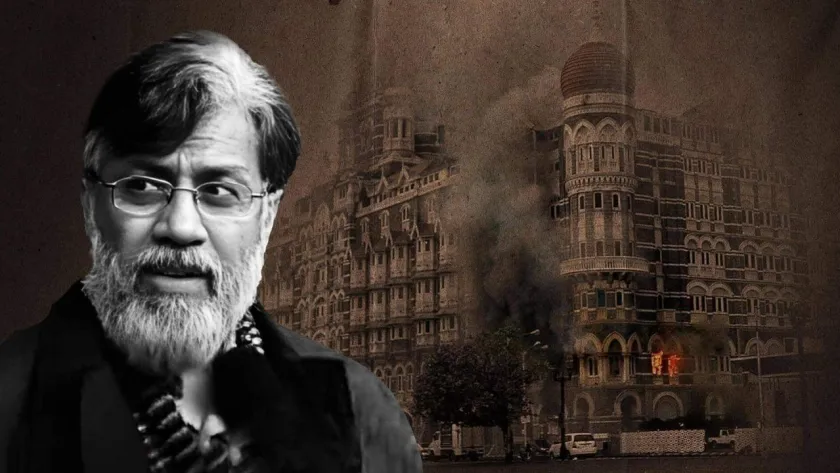
US Supreme Court Rejects 26/11 Accused Tahawwur Rana’s Plea to Block Extradition to India
2025-03-08






















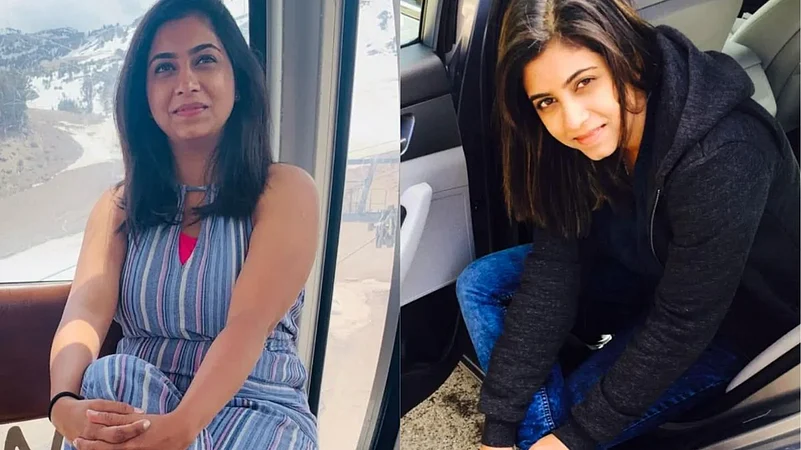


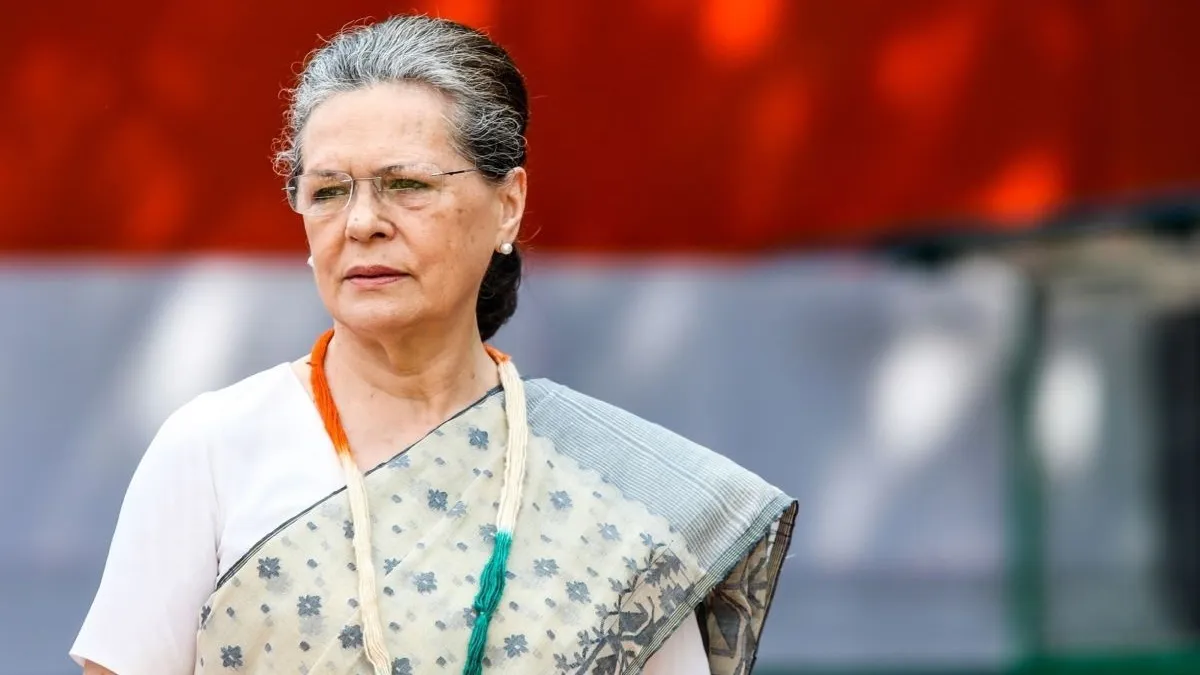

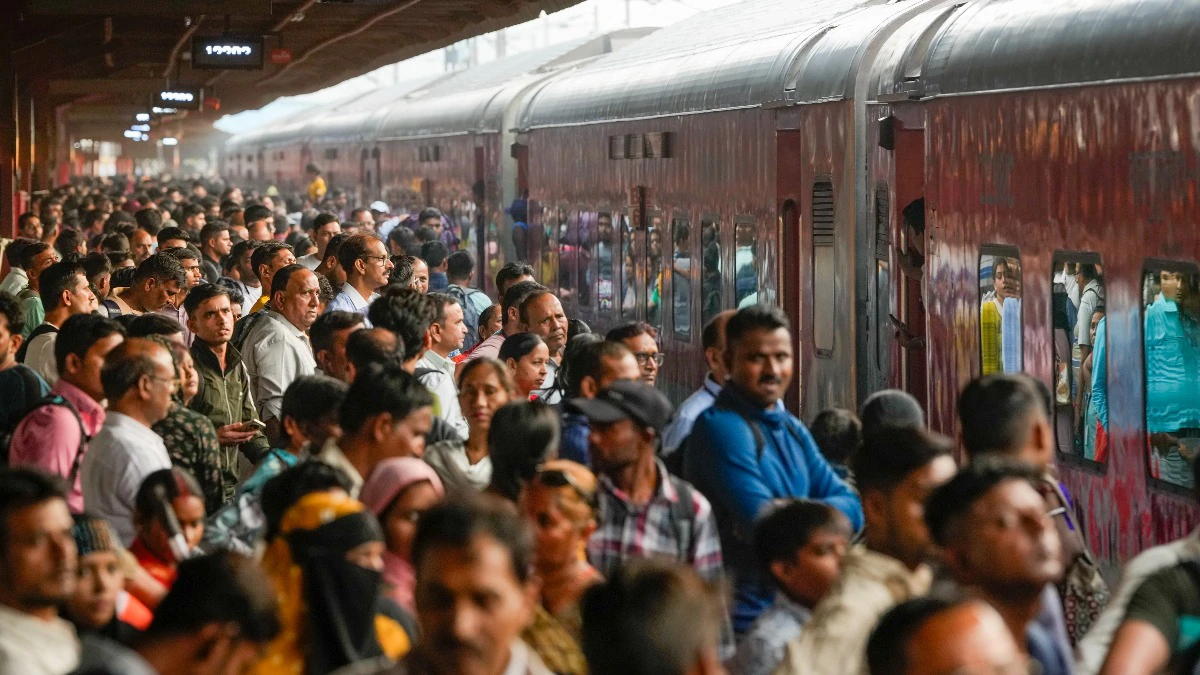









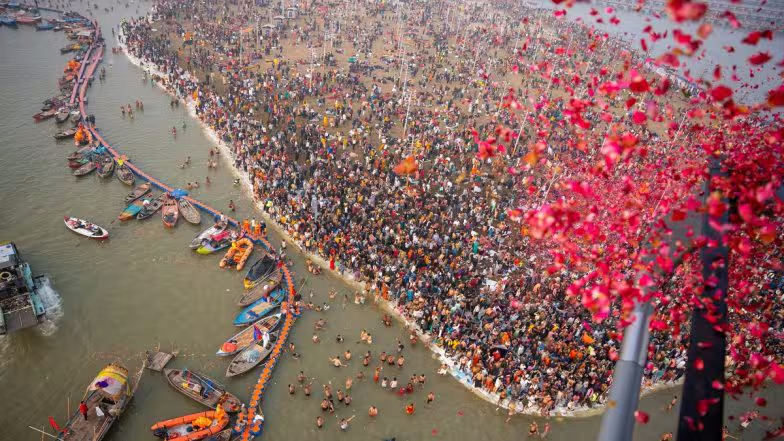








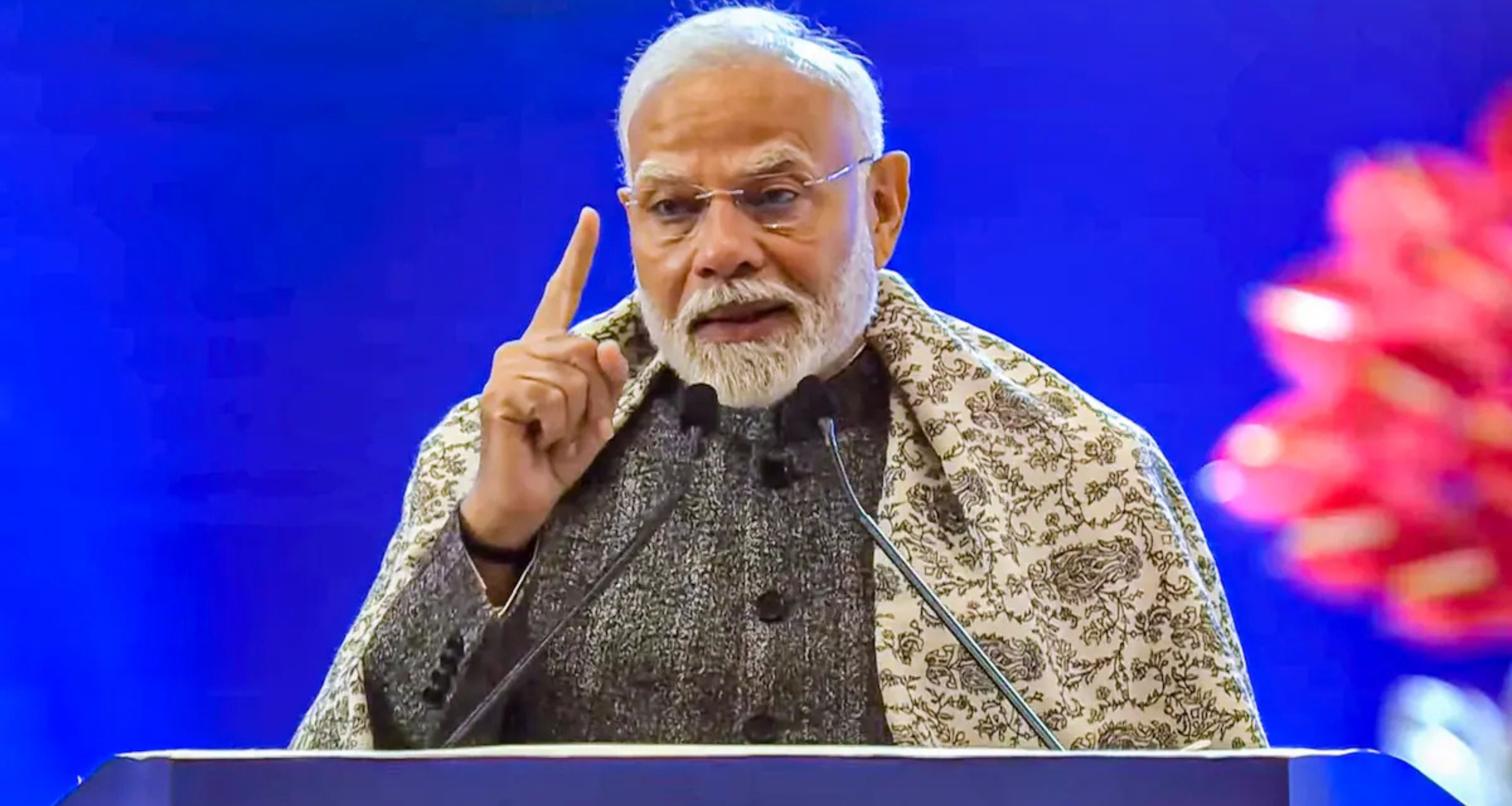
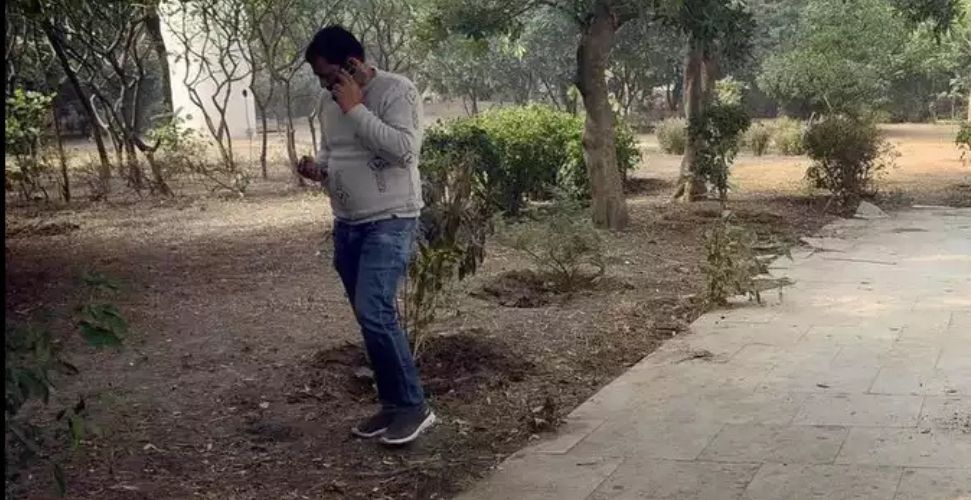

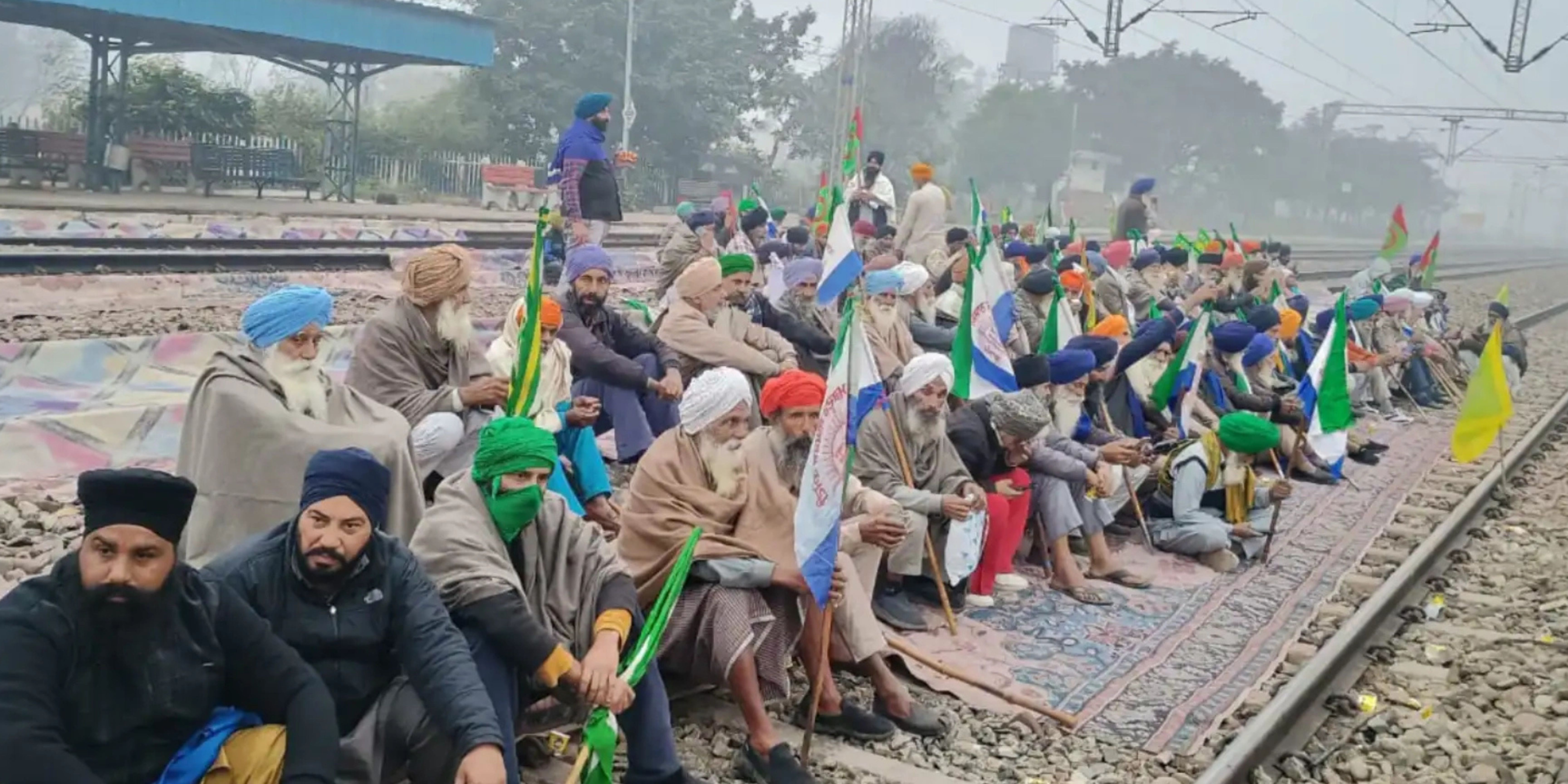
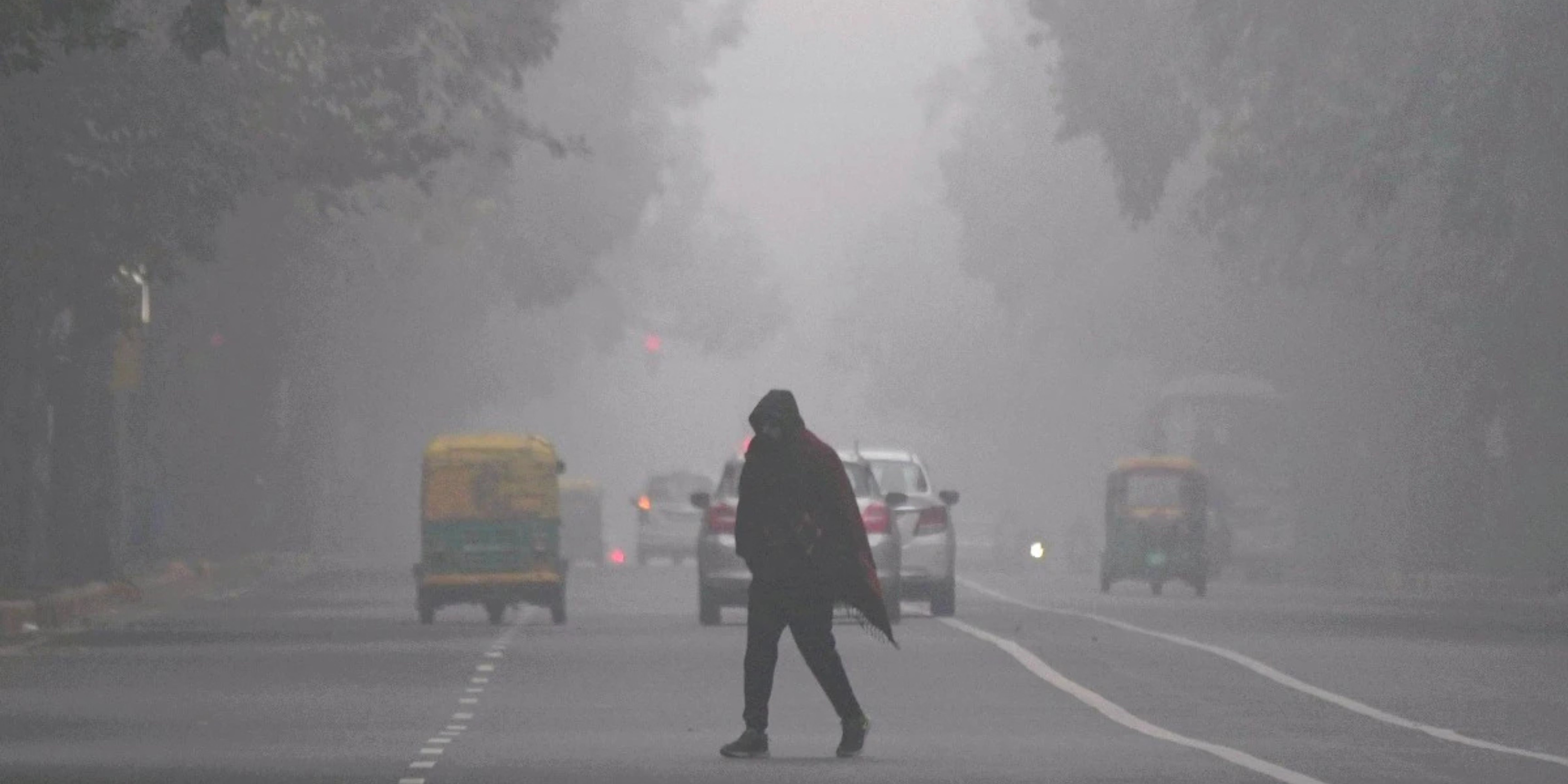





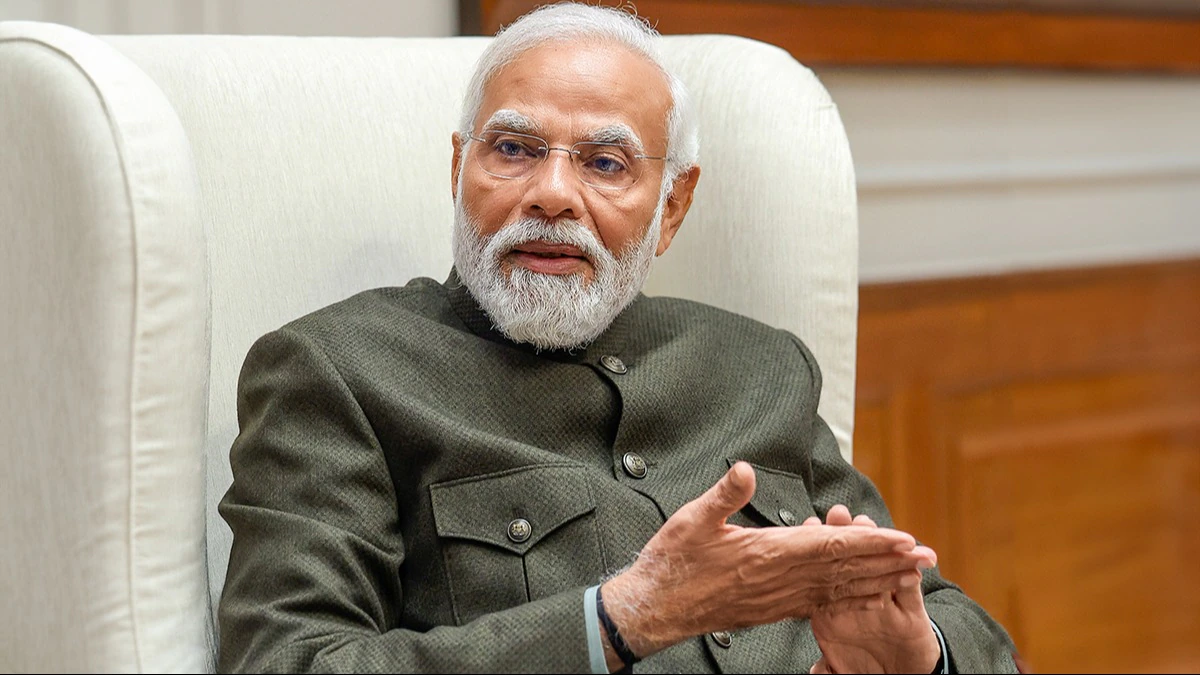
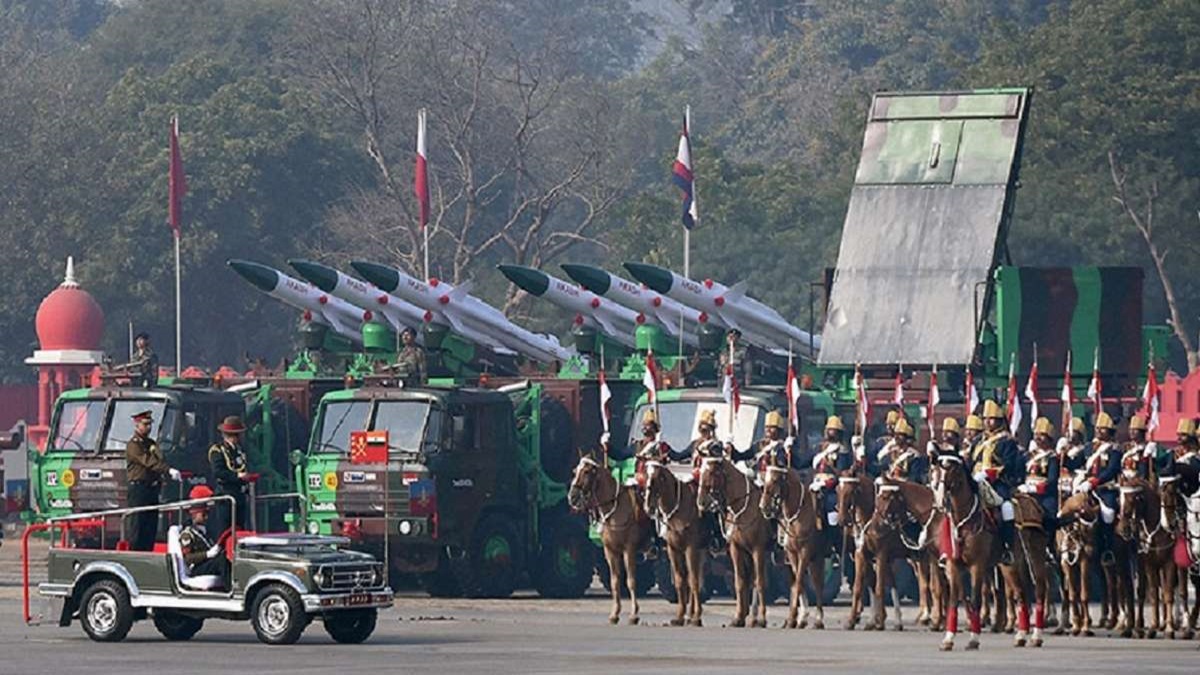


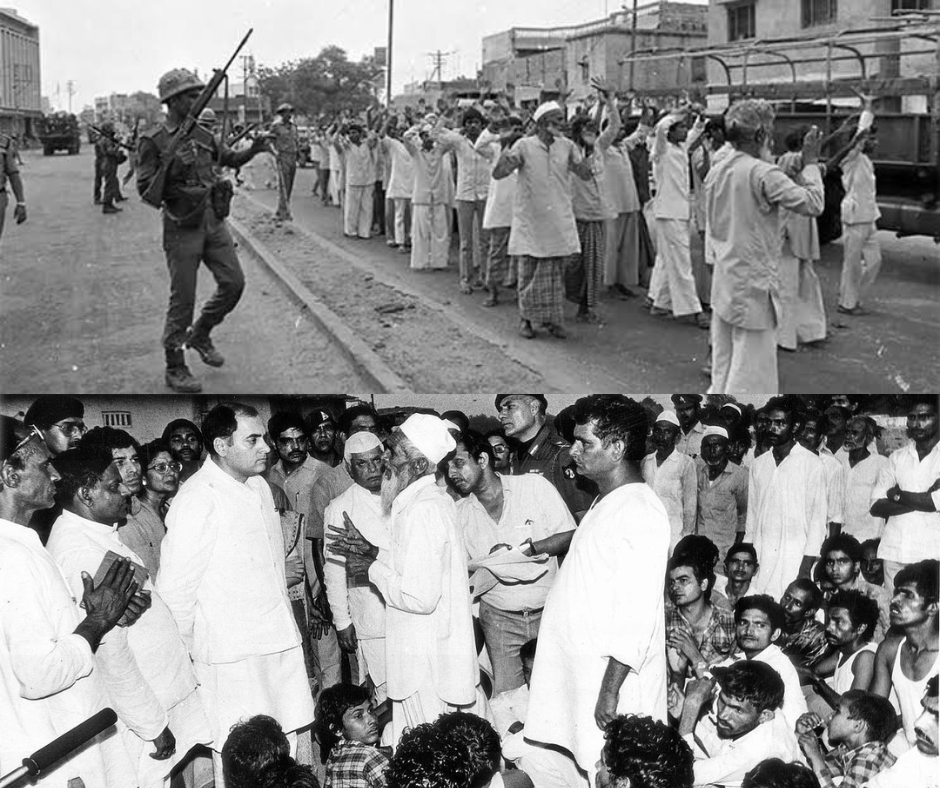




.jfif)
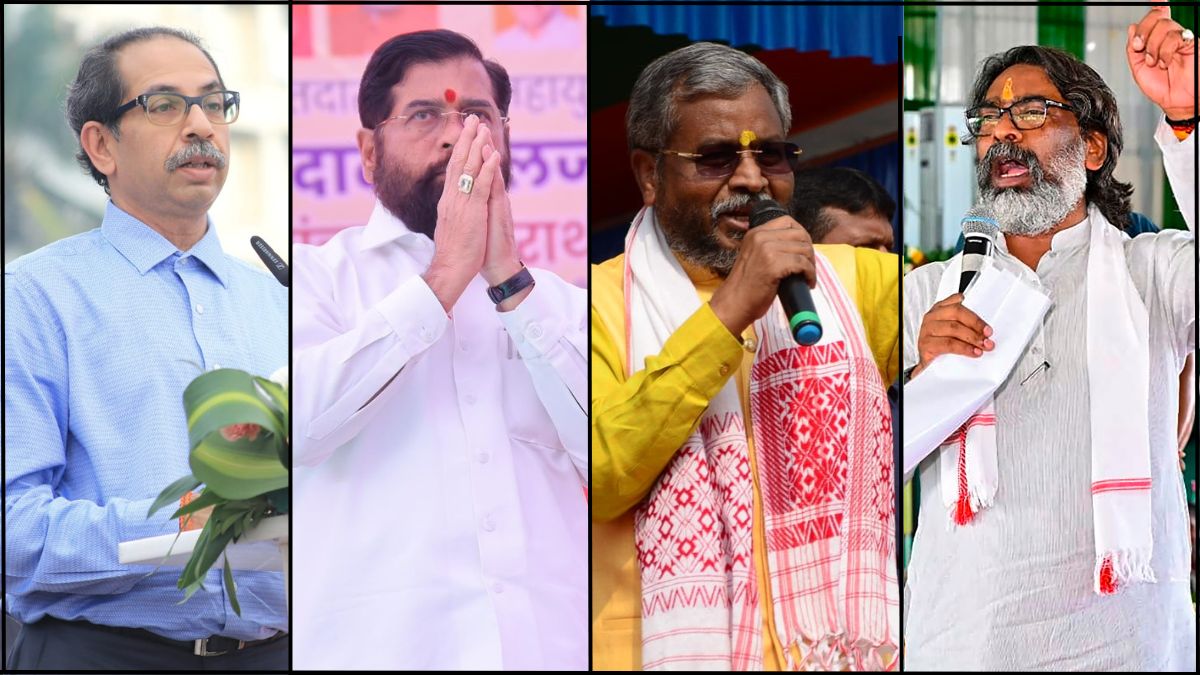


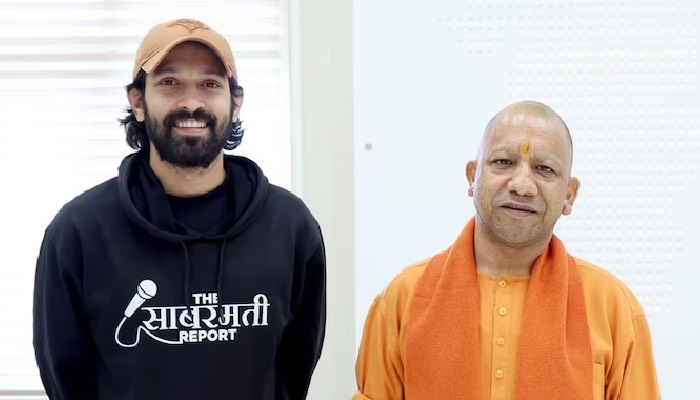

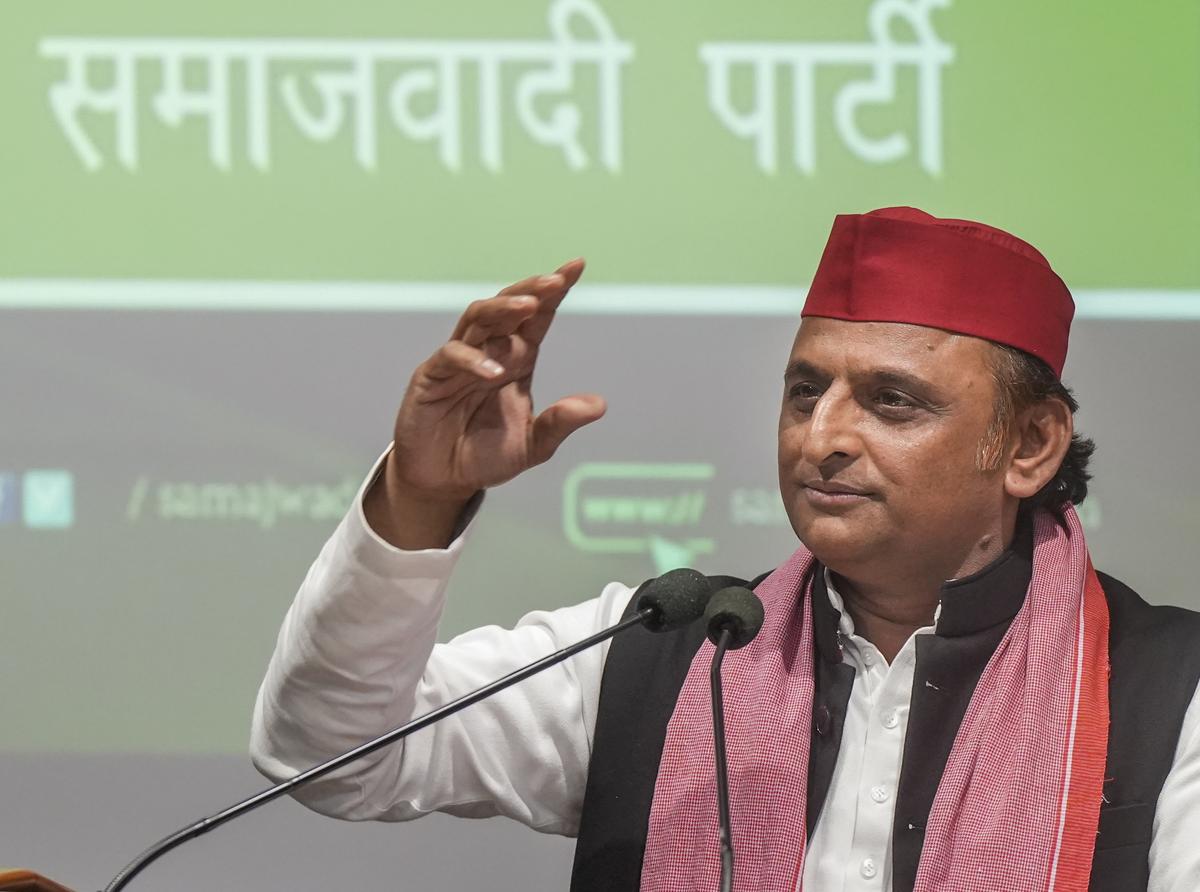



.jpg)
































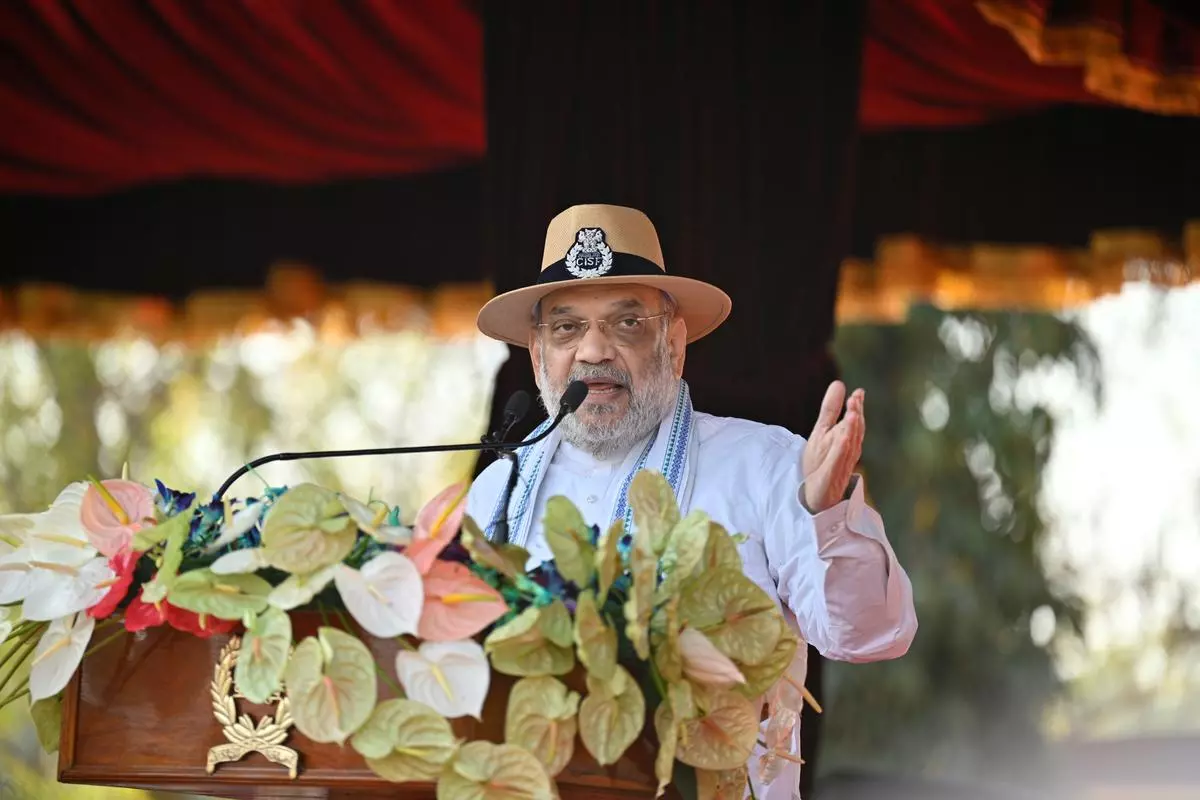

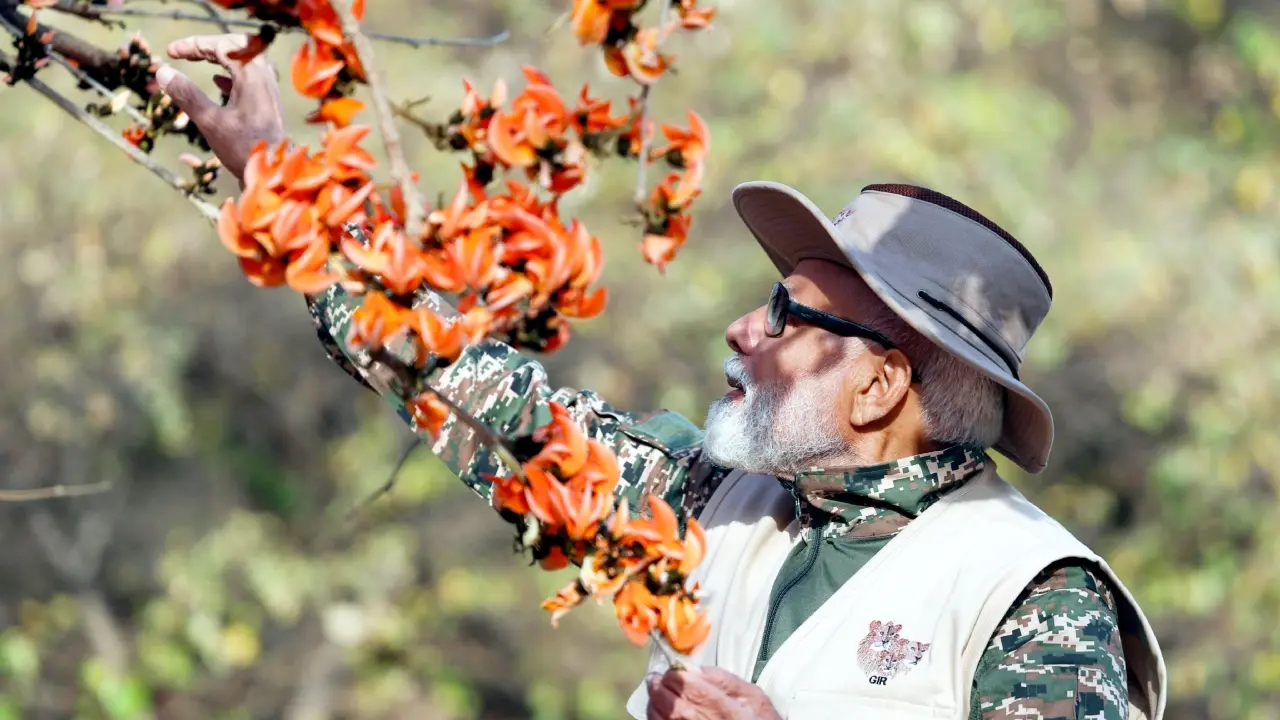



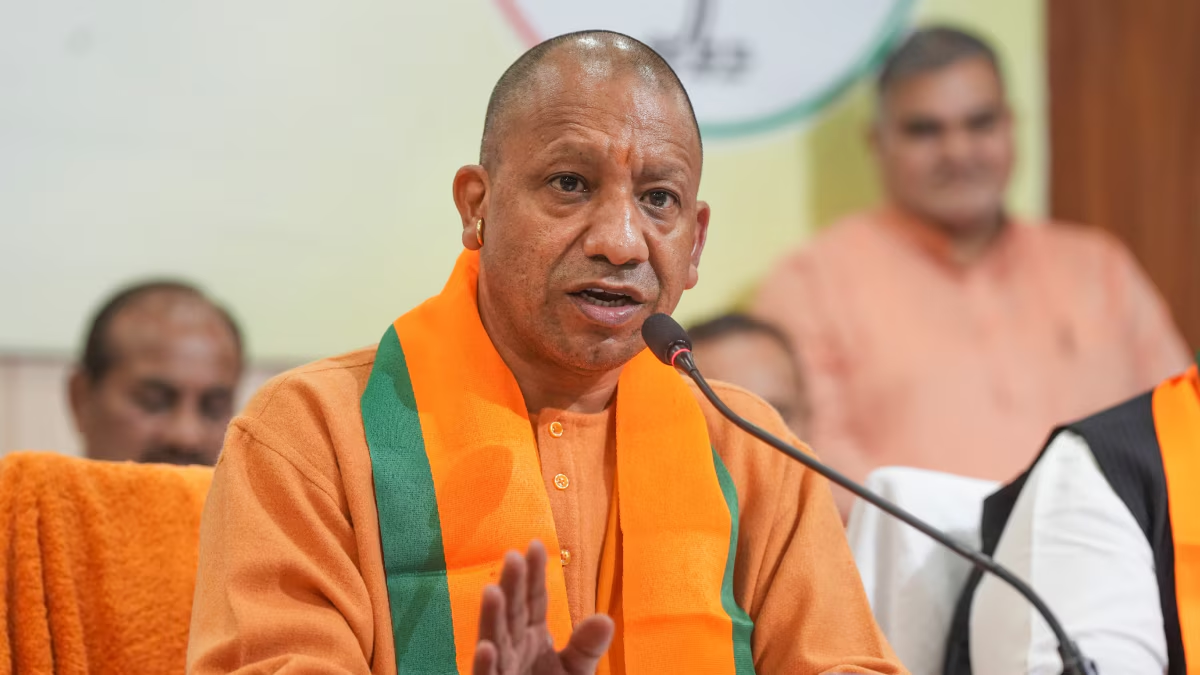




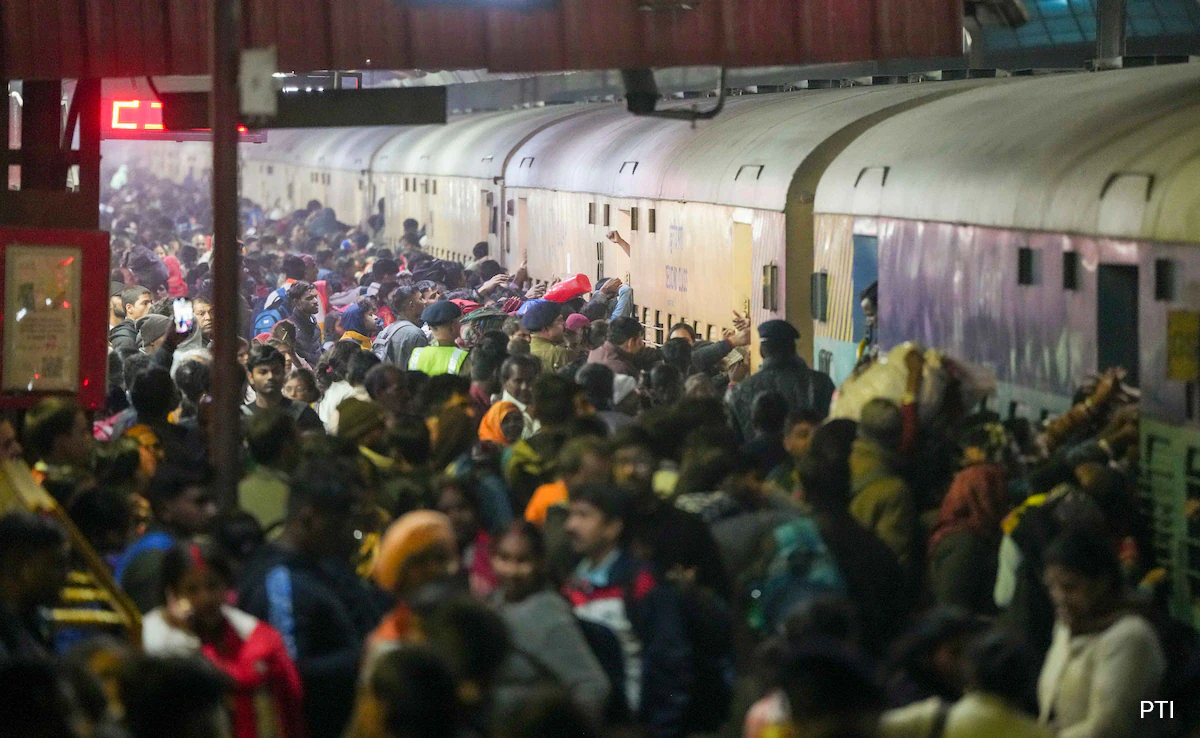





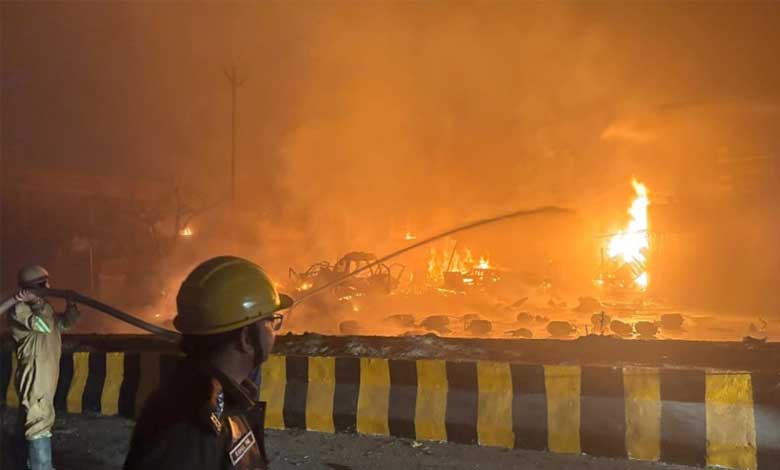




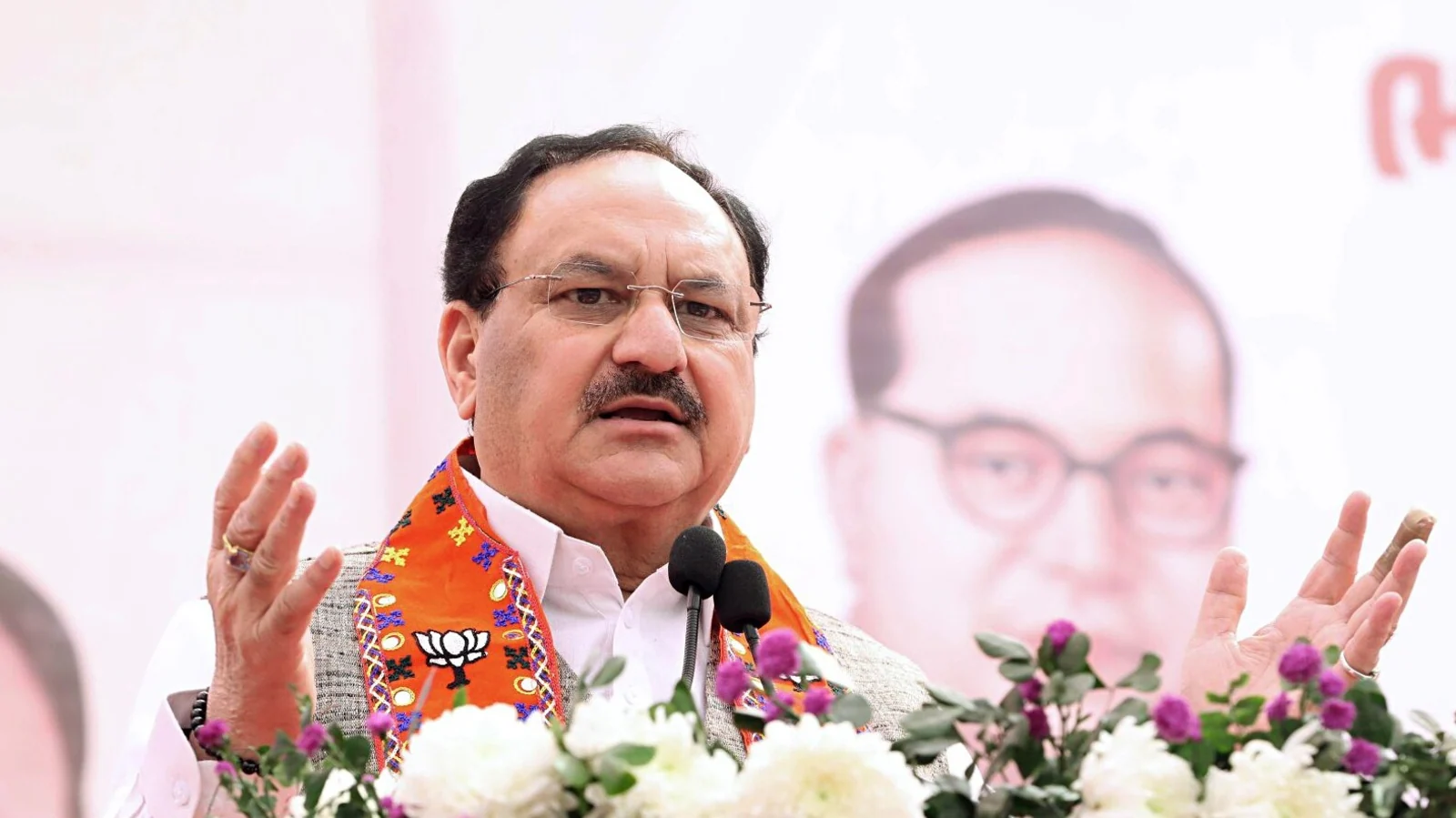


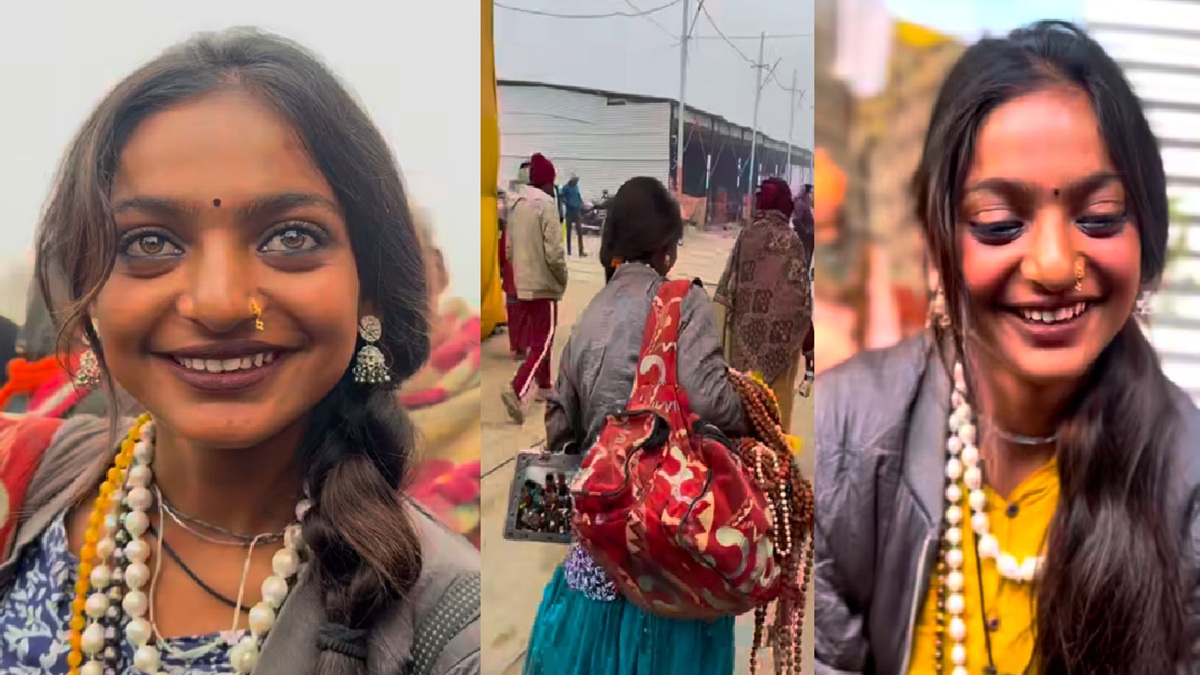
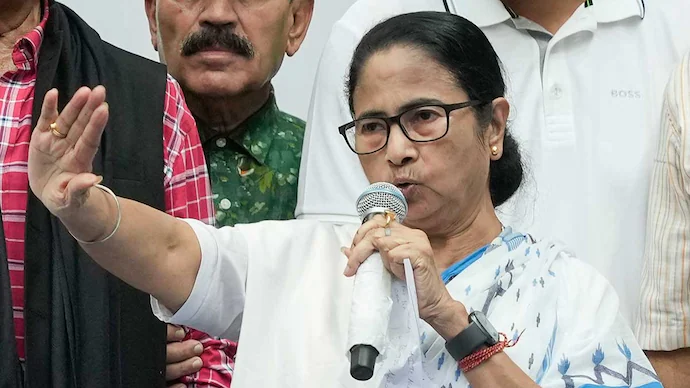


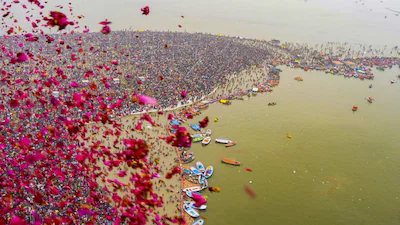
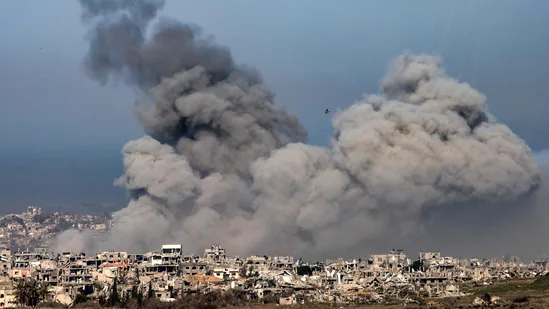

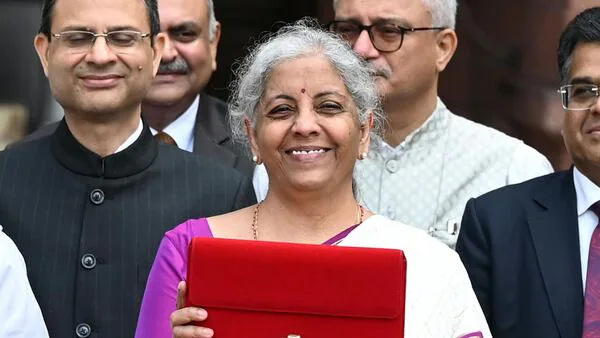
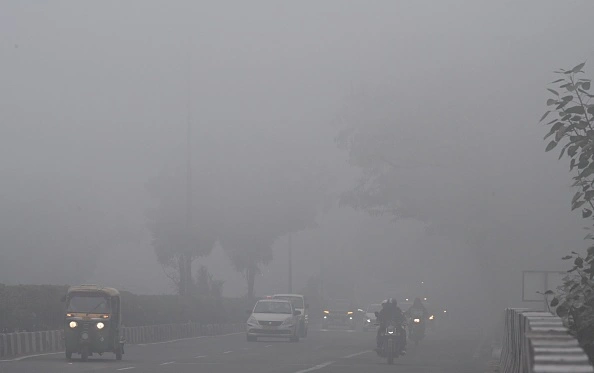





















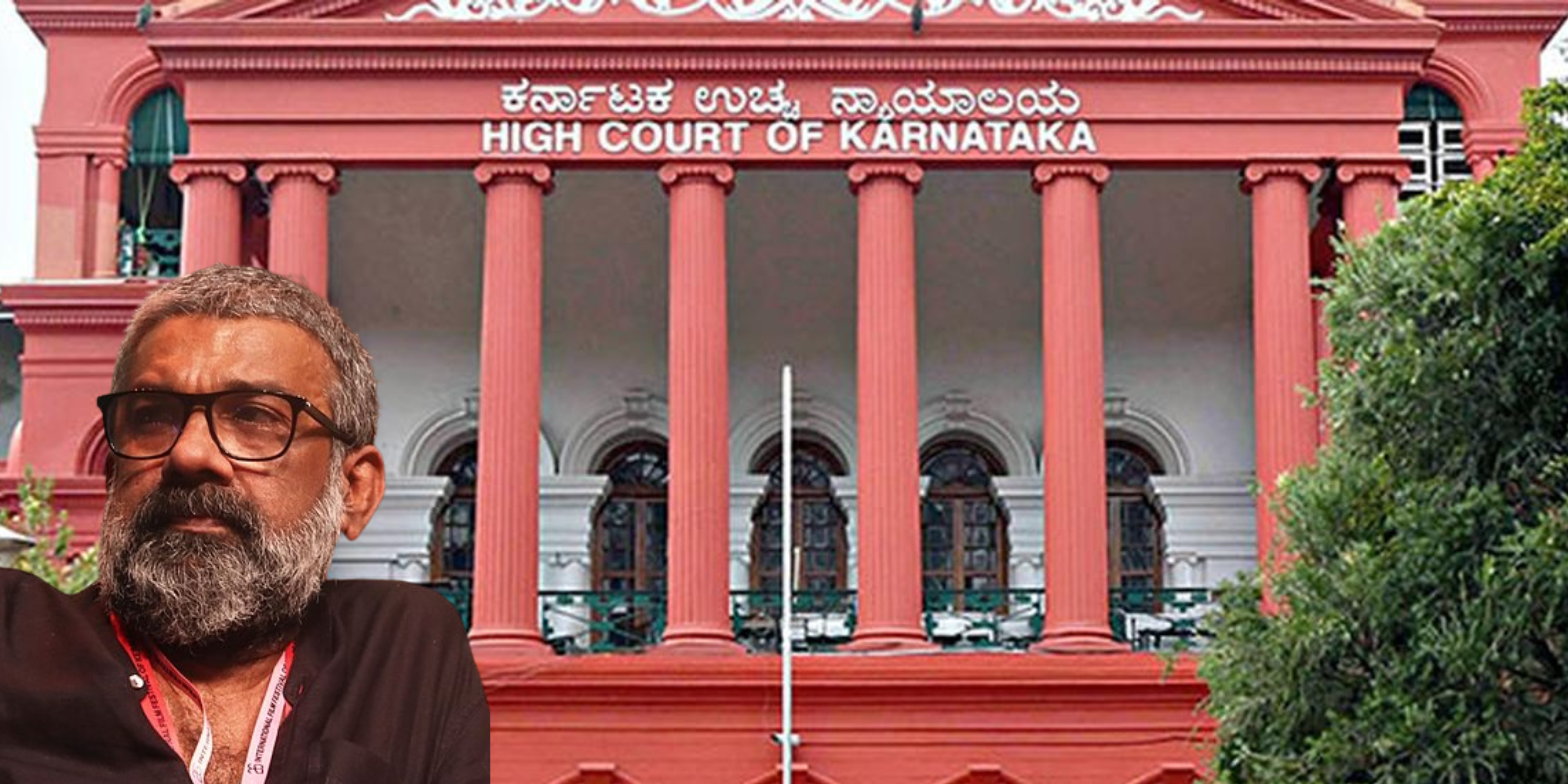











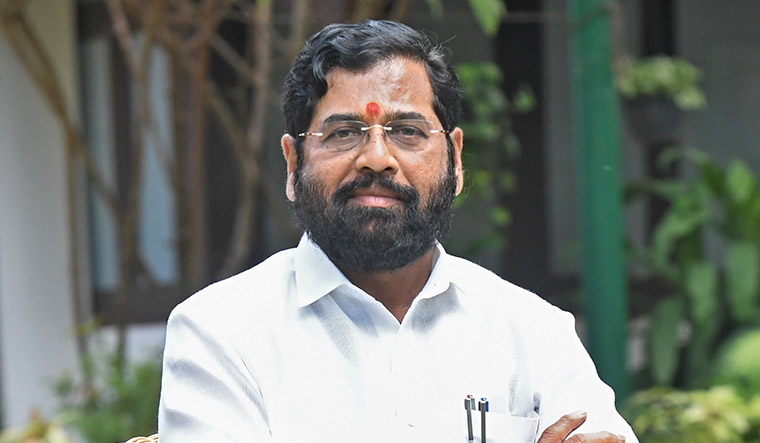
.png)
 (1).png)





